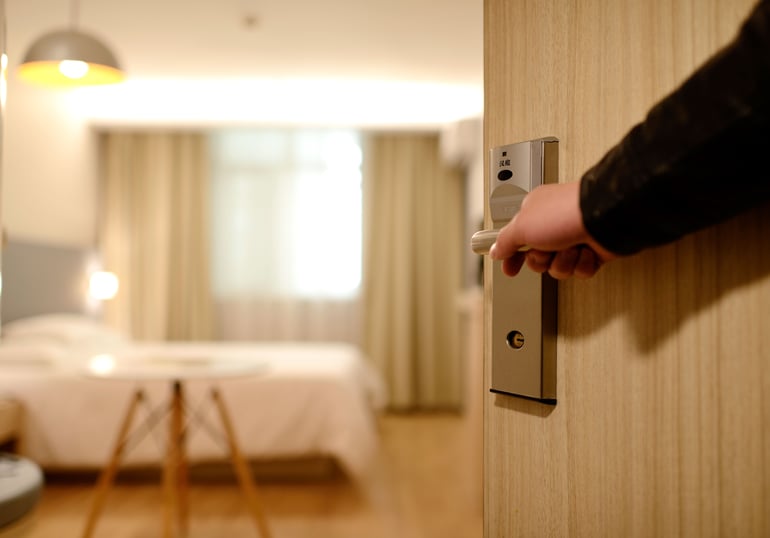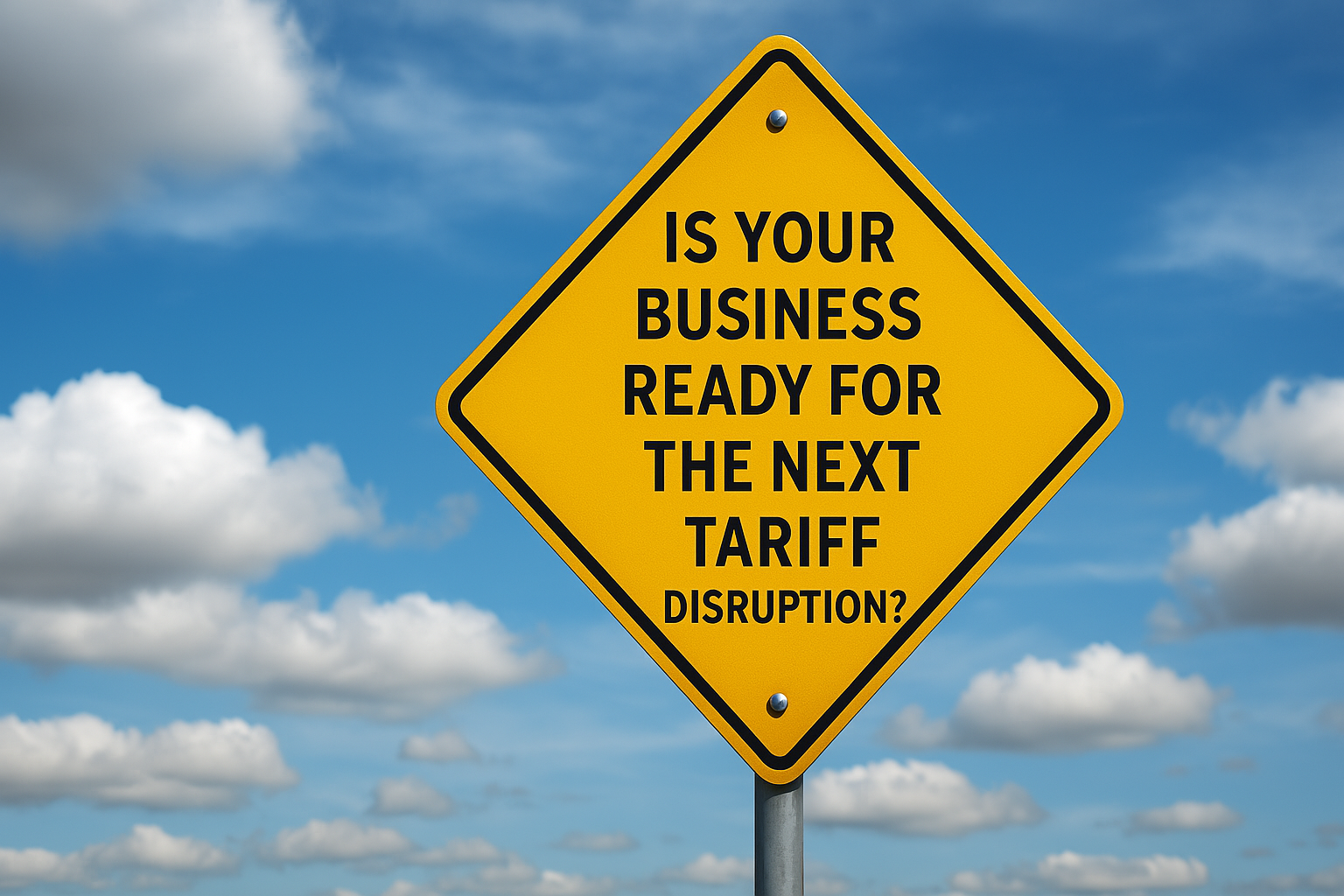Hospitality Pricing: Identifying Segments and Willingness to Pay
 PriceBeam
·
5 minute read
PriceBeam
·
5 minute read

Pricing is important in all industries. In the hospitality industry, and particularly the lodging industry, pricing is absolutely crucial.
Firstly, there is a massive profit incentive for hotel managers to get their pricing right: the demand in the industry is highly inelastic, and consequently, many hotel chains are leaving a substantial amount of money on the table by neglecting their price setting.
Secondly, the marginal profit for each room sold is huge since variable costs in the industry are very low, fixed costs incredibly high, and the salvage cost is zero. Every hotel room left unoccupied is ultimately a foregone profit, and should, therefore, be avoided at all cost - well, almost.
Nevertheless, the single most effective tool for maximizing Revenue per Available Room (RevPAR) is pricing: naturally, to increase the room rate you have to increase your prices, and similarly, you can use your prices to influence the occupancy rates, too.
What Is the Objective?
Before we start looking at how hotels can maximize RevPAR with pricing, let’s first take a step back and consider what the objective really is, and what it takes to get there.
Essentially, hotels want a room rate that is as high as possible while keeping the occupancy rate almost 100%. If the room rate is too high, rooms will be left unoccupied and profit is foregone: but if the room rate is too low, not only will money be left on the table, but you will inevitably have to turn away customers making last-minute bookings (and these customers have high margins!).
To hit the sweet spot, it is necessary to price rooms dynamically rather than setting one, fixed price: if you set one fixed price, you will inevitably leave rooms unoccupied or you’ll end up housing business travellers at a fraction of what they’re willing to pay. Both scenarios are undesirable, and in this article, we’ll look at how you find the aforementioned sweet spot.
#1 KEY: Market Segmentation
Pricing right in the hospitality industry essentially comes down to two things: defining the different segments in your customer base and their willingness to pay; and identifying the segments. It’s all well and good that you know you have plenty of business travellers and backpacking beach bums, but if you can’t identify them (before they enter the lobby), well, then it’s pretty useless.
Defining the Segments
The easiest bit is to describe the segments that stay at your hotel: you got the businessperson, the family, the backpacker, the young couple, the old couple, the foodies, the adventurists, and the beachgoers, etc.
But what’s really interesting is not whether they go to the beach or to the museum; it’s what the willingness to pay for each segment is. That’s the paramount part of defining the segment.
Ultimately, you want to surge price rooms for people in suits, and give discounts to young people in swimsuits: a room at $75 per night is a bargain for the business traveller, and much too expensive for the backpacker: differential pricing is needed.
Measuring willingness to pay is best done through pricing research, where the willingness to pay of each segment is tested and calculated based on customer data.
Identifying the Segments
To apply differential pricing in the hospitality industry, you need to be able to identify your segments, too -- before they arrive at the lobby, that is. Your guests won’t be carrying a sign around their neck stating which segment they belong to, nor how much they’d pay for a room at your establishment. Instead, they will reveal this information through their behaviour, preferences, and characteristics. Let’s consider some of the common factors that hotels use to identify customer segments:
Lead Time
One of the key segment indicators is lead time, i.e. how long before their arrival does the customer book the room. The family of four will probably book plenty of time in advance as they have to coordinate and plan a lot, and thus gain utility from being able to book early; the business traveller only recently found out that he was going, and doesn’t mind booking a hotel room on the spot.
An example of a chain using ‘lead time’ to set prices is Marriott International: customers booking around 30 days in advance will get rooms 25-50% cheaper than those booking their room at an earlier date. So those families with children, who gain utility from booking very early, pay more, because they value this highly.
On the contrary, Hotel ICON surges prices by around 20% for guests booking their room less than 14 days prior to their arrival. They know that business travellers are often characterized by such spontaneity, and since these guests, armed with a corporate credit card, have a low price-sensitivity, surging prices makes perfect sense.
Room Types
Simply looking at lead time just won’t do -- because what happens when the young backpacker shows up and faces the same rate as the business traveller? He runs away as fast as he can to your competitor on the other side of the street, who knows that he wouldn’t pay your price in a million years. Spontaneity typically characterizes backpackers, too, and thus, more factors are needed to distinguish between the ‘business traveller’ and ‘backpacker’ segments.
While they may have similar lead times, their preferences are very different: the business traveller cares greatly about comfort, Wi-Fi speed, working stations and ‘luxury items’, while the backpacker just needs four walls and a bed.
So for guests with short lead time booking a Basic room, the price should remain low, while prices should surge for those booking an Executive room and the like.
Duration of Stay
Consumers are smart people. Once you start differentiating your prices based on factors such as room type and lead time, they’ll figure it out sooner or later; and some of them will try to exploit your pricing practices. Of course, you won’t let them. You consider more than just two factors, and preferably some factors that are not easy to change to get a better price. Duration of Stay, for instance.
Guests staying at your hotel for a long time are probably on a holiday, or perhaps even living in the region for a short period of time. Such people are fairly price-sensitive for a few reasons;
1) Diminishing marginal utility, that is, the value they get from staying an additional day at your establishment is declining day by day. 2) Incentive to Substitute, i.e. as they pay a lot of money to you, even a slight decline in the room rate will save them a lot of money. 3) Segment Type; typically, people staying for a relatively long period of time are not there on business, nor will they have urgent errands such as funerals, hospital visits or job interviews where their hotel bill is the least of their worries.
Even if prospective customers realize that duration of stay impacts the price, they are unlikely to change it as it is inconvenient, and poor value if they don’t need to stay for a long time. Moreover, there is a general understanding and acceptance of quantity discounts, and therefore, consumers won’t feel gamed.
Time of Week
This is probably the most insignificant of the factors, but it can still be useful to distinguish between guests booking a short-time stay. Business travellers are likely to book rooms on weekdays, while leisure travellers will book it over the weekend when they’re not working. It’s quite common that business travellers are ‘on the road’ during weekdays, and then return home to their families during the weekend -- of course, you can use this information to adjust prices slightly for ‘low lead time, short-stay, premium room’ travellers.
Using Add-Ons to Fine-Tune Your Value Pricing
Your primary revenue source is, of course, the rooms, but to squeeze the last drops from guests with a high willingness to pay, make sure that prices of add-on purchases are value-based, too. Certain minibar items may be frequented by high-WTP travellers, such as healthy snacks and drinks, while other are frequented by low-WTP travellers, such as beers and high-fat snacks.
Moreover, the business traveller may be willing to pay for high-speed Wi-Fi, room service, and your conveniently located hotel restaurant, while the beach bum won’t mind walking a few hundred meters to the nearest McDonald’s for food, and perhaps even Wi-Fi.
Final Considerations
In this article, we have outlined some of the factors that you can use to identify different segments, and how you can use this information to derive their willingness to pay and set prices accordingly; however, it is important that you acknowledge that your price will have long-term implications, too.
Firstly, even if it makes economic sense to set low prices to fill unoccupied rooms, you should consider how this will impact your brand long-term. Imagine if the Ritz-Carlton gave away unoccupied rooms dirt cheap -- they will most likely cover their variable costs, and perhaps even make a decent profit -- but their brand will be tarnished.
Moreover, you may be able to pull off a high price for a while, but if your establishment doesn’t live up to the high price-tag, it will result in negative reviews and negative word-of-mouth marketing. With the prominence and importance of reviews in the hospitality industry, the effect of price on quality perceptions (and thus on customer satisfaction) should be taken into account, too.
.png?width=400&height=100&name=PBLogoTransparent%20(1).png)




